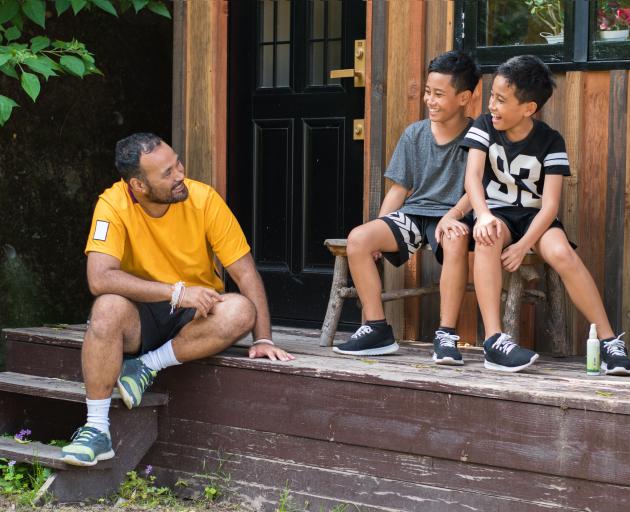

There are some things that don't work well - blaming, placating, being authoritarian, threatening, being funny and giving advice. Even being reasonable can fail to work sometimes.
Blaming often involves lots of questioning and imposing a solution without necessarily getting to the bottom of a problem. Placating ("never mind, I'm sure things will be better in the morning") usually means the underlying feelings or issues are being avoided and there's a sense that they're not even worth consideration.
The authoritarian approach is to gain submission and often involves lecturing, hectoring, frequent punishment and ridicule. With threatening, the threat becomes the topic of debate taking the focus off the real issue. Being humorous buries uncomfortable topics. Sarcasm can hurt deeply.
Advice-giving tends to include words such as "don't", "should", "never" and "always" and also often includes what "I" would have done. These words can cause temporary deafness in teenagers.
Being reasonable sometimes means that we back off when we shouldn't and we don't say what we need to say.
What works well is a straight-talk framework consisting of five statements - "here's the situation as I see it", "here's how I feel about it", "here's why I feel this way", "here's my expectation" and "here's the consequence".
Now that seems very parent-centred and authoritarian when expressed as baldly as this, and it is. In this basic form it's suited only for use with the toddler, but it's where you start and always underlies the process, remaining the bottom line.
As time goes by new layers of operating are placed upon the framework and, as this happens, the process becomes more and more two-way.
As the child grows the process is adapted by adding questions such as "OK, what can we/you do about it?", "how do you see it?", and "how can I help?".
It's a gradual process and the quality of their input will improve with maturity and all the while we're moving away from the "I" of the parent to include their thoughts, feelings and expectations. However, those five statements remain the bottom line.
In taking this approach, we're also teaching them to own their feelings, express their needs, know that they need to make things happen and realise there are always consequences.












